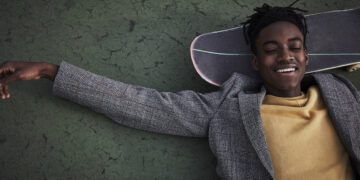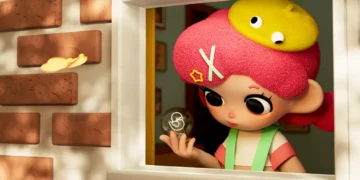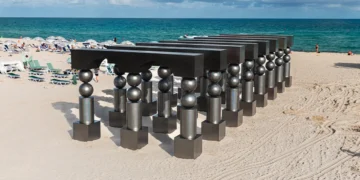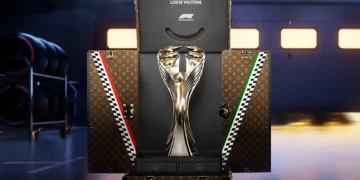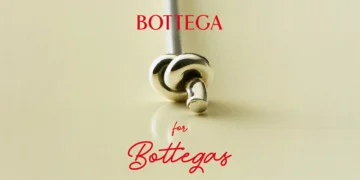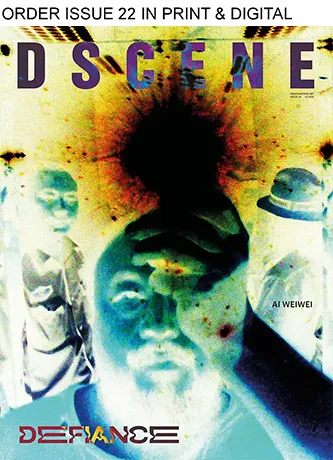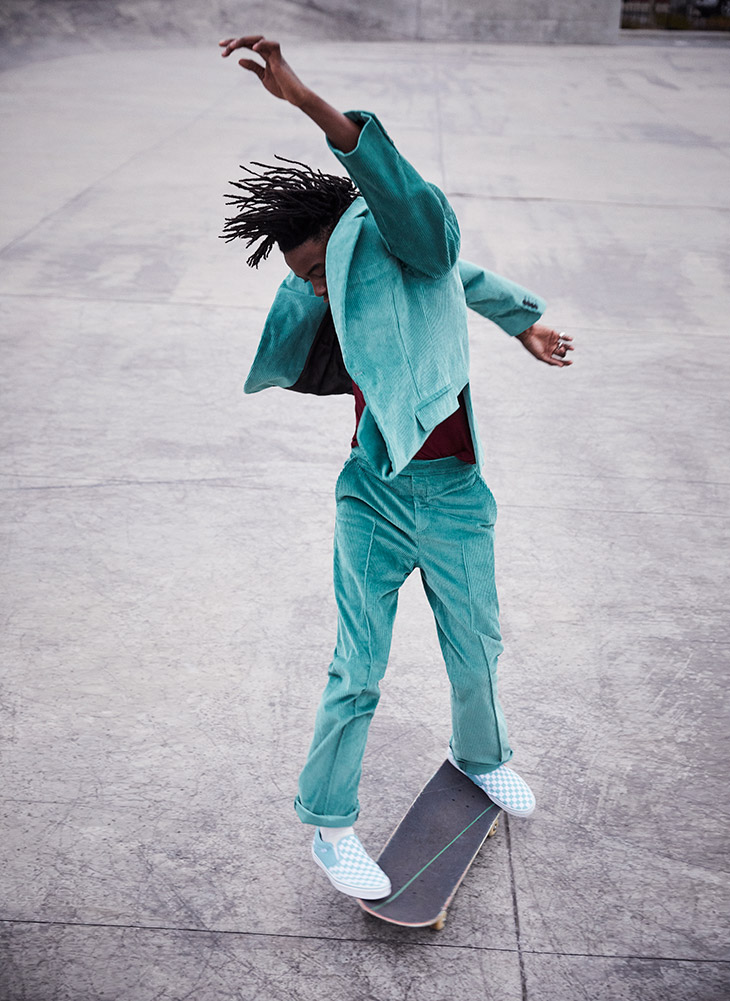
Skateboarding is more than just a sport; it’s a vibrant subculture that encapsulates creativity, individuality, and artistry. From the way skaters maneuver their boards to the aesthetic designs that adorn them, every aspect of skateboarding is an expression of personal identity and style. At the heart of this artistic realm lies skateboard art – captivating, unique, and as diverse as the individuals who wield the decks. The evolution of skateboard graphics has been remarkable. Initially a simple means of branding and distinguishing one board from another, skateboard graphics have now burgeoned into a vital avenue for artistic expression. Skaters, once confined to predefined designs, now have the opportunity to create their own narratives and visuals that resonate with their personalities.
Guidelines for Designing Custom Skateboards
Understand the significance of skateboard graphics
Skateboard graphics are an essential part of the skateboarding culture. They are a reflection of the skater’s personality and style. Skateboard graphics have played a significant role in the history of skateboarding and popular culture. Many iconic skateboard designs have become cultural touchstones, recognized worldwide. One of the most iconic skateboard graphics of all time is the Powell Peralta “Bones Brigade” skull graphic. Skateboard graphics are not only a way to personalize and distinguish each board, but they also serve as a visual representation of the brand, its values, and its identity. Skateboard companies use graphic designs to create an emotional connection with their customers and to attract new ones. By designing your own skateboard graphic, you have the opportunity to express your unique vision and personality. It’s a chance to create something that is truly one-of-a-kind and that resonates with you.
Find inspiration
Finding inspiration is a crucial step in creating a unique skateboard graphic. Inspiration can come from anywhere, whether it’s from your favorite artist, a movie, or a book. The key is to find what resonates with you and use that as a starting point. Here are some tips to help you find inspiration:
- Explore different art styles: Skateboard graphics are not limited to a specific style. From cartoonish designs to realistic portraits, there are endless possibilities. Explore different art styles to find what works best for you.
- Look at other skateboard graphics: Looking at other skateboard graphics can be a great source of inspiration. It can help you identify what you like and what you don’t like. Take some time to browse through skateboard graphics online or at your local skate shop.
- Find inspiration in your surroundings: Inspiration can come from your surroundings. Take a walk around your neighborhood or visit a local park. Look for interesting patterns, colors, and shapes that you can incorporate into your design.
- Experiment with different mediums: Experimenting with different mediums can help you find new sources of inspiration. Try using watercolors, markers, or even digital art tools to create your skateboard graphic.
- Think outside the box: Don’t be afraid to think outside the box. Inspiration can come from unexpected places. Keep an open mind and be willing to take risks.
Choose the right materials
Choosing the right materials is essential to creating a high-quality skateboard graphic. Here are some materials that you might need:
- Paint: Acrylic paint is a popular choice for skateboard graphics. It’s durable, easy to work with, and comes in a wide range of colors. You can also use spray paint, oil paint, or watercolors depending on your preference.
- Markers: Markers are a great way to add detail and color to your skateboard graphic. They come in a variety of sizes and colors, making them a versatile tool for any design.
- Stencils: Stencils are a great way to create clean lines and shapes in your skateboard graphic. You can either buy pre-made stencils or create your own using cardboard or paper.
- Transfer paper: Transfer paper is a great way to transfer your design onto the skateboard. Simply print your design onto the transfer paper, place it on the skateboard, and apply heat with an iron.
- Clear coat: Clear coat is a protective layer that is applied over the skateboard graphic. It helps to protect the design from scratches and fading.
- Sandpaper: Sandpaper is used to prepare the surface of the skateboard for painting. It helps to remove any dirt or debris and creates a smooth surface for painting.
- Paint brushes: Paint brushes are essential for painting your skateboard graphic. They come in a variety of sizes and shapes, making them a versatile tool for any design.
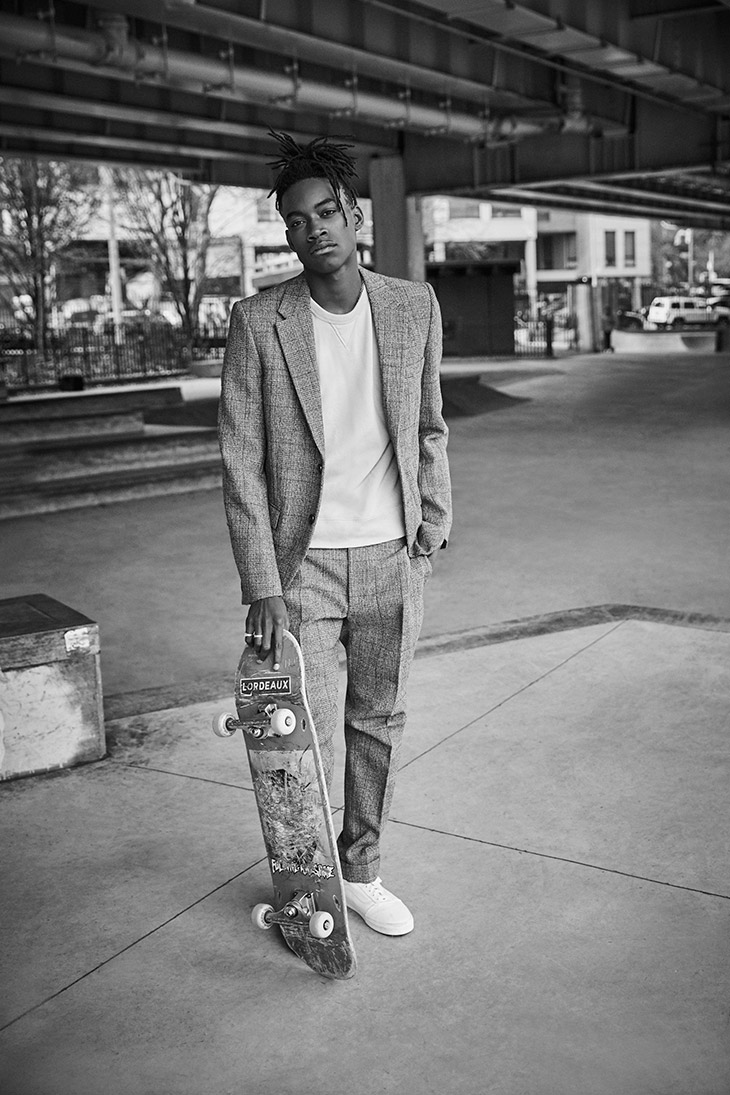
Sketch your design
Sketching your design is an essential step in the design process. It allows you to visualize your ideas and make changes before you start painting. Here are some tips to help you sketch your design:
- Start with a basic outline: Start by sketching a basic outline of your design. This will help you get a sense of the overall composition and layout.
- Add details: Once you have the basic outline, start adding details to your design. Think about the colors, shapes, and patterns that you want to incorporate.
- Experiment with different compositions: Try out different compositions to see what works best for your design. You can experiment with different placements, sizes, and shapes to create a unique and eye-catching design.
- Use reference images: Reference images can be a great source of inspiration and can help you refine your design. Look for images that are similar to what you want to create and use them as a starting point.
- Don’t be afraid to make mistakes: Sketching is all about experimentation and exploration. Don’t be afraid to make mistakes or try something new. You never know what you might discover!
Use color effectively
Color is a powerful tool in skateboard graphics. It can evoke emotions, set the tone, and make your design stand out. Here are some tips to help you use color effectively:
- Choose a color scheme: Choosing a color scheme is an essential step in creating a cohesive skateboard graphic. You can use a monochromatic color scheme, complementary colors, or even a triadic color scheme. The key is to choose colors that work well together and complement your design.
- Use color to create contrast: Color can be used to create contrast and make your design stand out. For example, you can use a bright color against a dark background to create a striking effect.
- Think about the emotions you want to evoke: Different colors can evoke different emotions. For example, red can evoke feelings of passion and energy, while blue can evoke feelings of calmness and serenity. Think about the emotions you want to evoke and choose colors that reflect those emotions.
- Use color to highlight important elements: Color can be used to draw attention to important elements in your design. For example, you can use a bright color to highlight the name of your brand or the main image in your design.
- Experiment with different shades and tones: Experimenting with different shades and tones of the same color can add depth and dimension to your skateboard graphic. For example, you can use a light blue for the background and a dark blue for the foreground to create a sense of depth.
Experiment with different styles
Skateboard graphics are not limited to a specific style. From cartoonish designs to realistic portraits, there are endless possibilities. Experimenting with different styles can help you find what works best for you. Here are some popular skateboard graphic design styles:
- Cartoonish designs: Cartoonish designs are a popular choice for skateboard graphics. They are playful, fun, and can be used to create a wide range of designs.
- Realistic portraits: Realistic portraits are another popular choice for skateboard graphics. They can be used to create a striking and eye-catching design.
- Typography: Typography is a great way to add text to your skateboard graphic. It can be used to create a bold and impactful design.
- Abstract designs: Abstract designs are a great way to create a unique and eye-catching skateboard graphic. They can be used to create a wide range of designs, from simple geometric shapes to complex patterns.
- Pop art: Pop art is a popular style for skateboard graphics. It’s bold, colorful, and can be used to create a wide range of designs.
- Graffiti: Graffiti is another popular style for skateboard graphics. It’s edgy, urban, and can be used to create a unique and eye-catching design.
- Minimalism: Minimalism is a great way to create a clean and simple skateboard graphic. It can be used to create a wide range of designs, from simple geometric shapes to complex patterns.
- Vintage designs: Vintage designs are a great way to create a classic and timeless skateboard graphic. They can be used to create a wide range of designs, from retro-inspired designs to classic logos.
Conclusion
Skateboard graphics are an essential part of the skateboarding culture. They are a reflection of the skater’s personality and style. By following these 10 art guidelines, you can create a unique and eye-catching skateboard graphic that resonates with your personality and style. Remember to have fun and let your imagination run wild!
Images form Herzen Clerge by Remi Pyrdol for MMSCENE – See the full story here.
